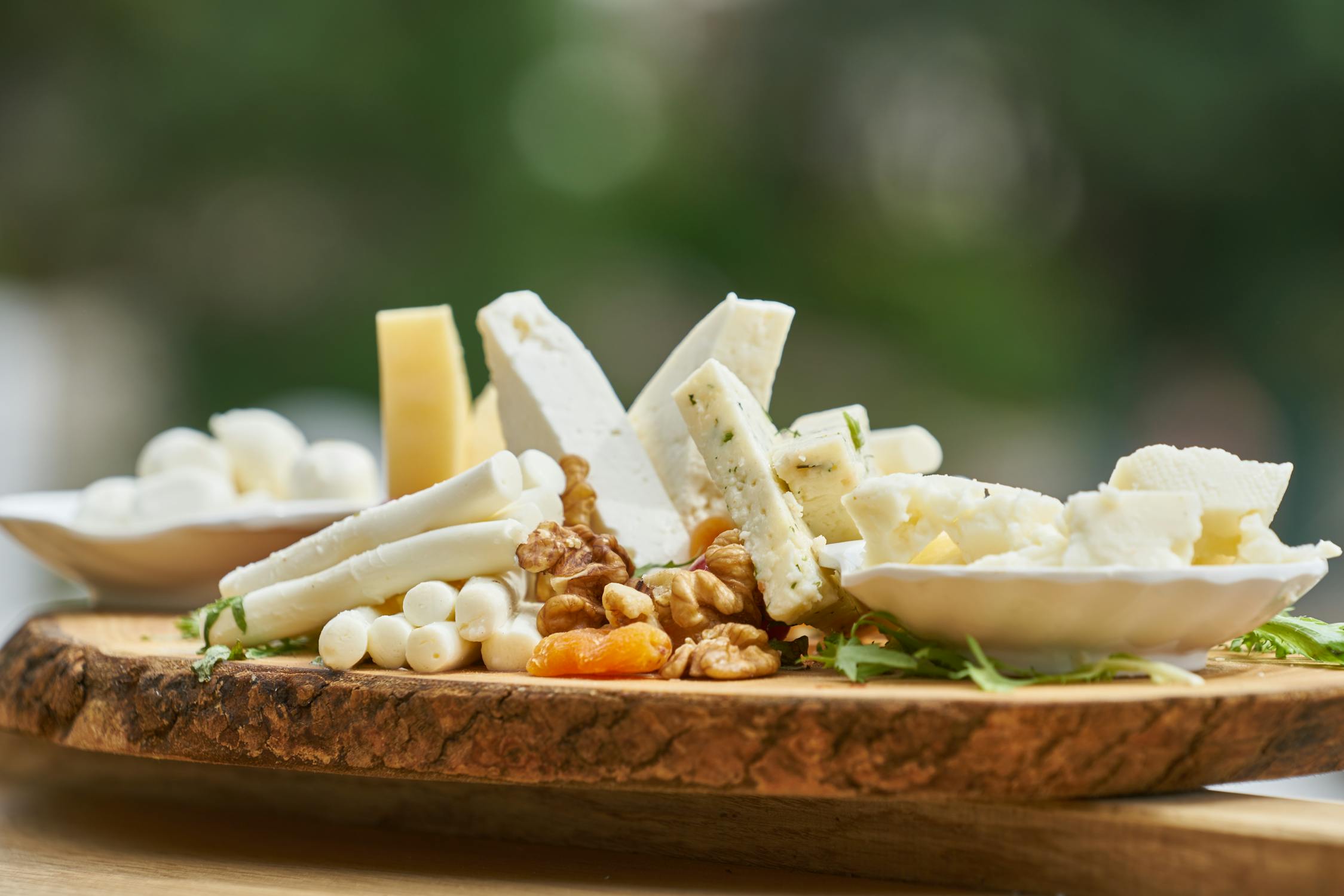From Curds to Cuisine: A Global Journey through the History of Cheesemaking
Cheese, a beloved culinary delight enjoyed worldwide, has a rich and diverse history that spans continents and cultures. The art of cheesemaking can be traced back thousands of years, with each region adding its unique flavors, techniques, and traditions. This article takes you on a flavorful journey, exploring the historical roots of cheesemaking in various corners of the globe. From the ancient Mesopotamians to the European monasteries and beyond, discover the fascinating evolution of this timeless dairy product.
Mesopotamia and the Cradle of Cheese
The story of cheesemaking begins in Mesopotamia, present-day Iraq, over 7,000 years ago. Nomadic tribes discovered that storing milk in animal bladders or stomachs curdled the liquid, resulting in the creation of cheese. This chance discovery laid the foundation for the craft of cheesemaking, which soon spread across the fertile crescent, including Egypt and Persia.
European Monasteries: A Cheese Renaissance
In medieval Europe, monastic communities played a pivotal role in advancing cheesemaking techniques. Monks dedicated themselves to refining the art, experimenting with different milk sources, aging processes, and regional variations. Iconic cheeses like Roquefort, Gouda, and Camembert owe their origins to the monastic cheese production during this period. The monasteries not only preserved the knowledge of cheesemaking but also contributed to local economies through trade and commerce.
The Age of Exploration and Cheese Around the World
As explorers set sail to new lands during the Age of Exploration, they carried with them the art of cheesemaking. The Spanish introduced their cheese-making expertise to the Americas, while the British brought cheddar-making traditions to their colonies. This exchange led to the creation of unique cheese styles such as the tangy Mexican queso fresco and the creamy American Monterey Jack. Meanwhile, in Asia, countries like India and China developed their own cheese traditions, with paneer and tofu being prime examples.
The Renaissance of Artisanal Cheesemaking
In the modern era, the rise of industrialization posed challenges to traditional cheesemaking practices. However, a renewed interest in artisanal, handcrafted cheeses emerged as a response. Dedicated cheesemakers sought to preserve traditional methods, reviving long-forgotten recipes and reviving regional specialties. This movement emphasized the importance of terroir—the unique combination of climate, soil, and local traditions—leading to the recognition of protected designations of origin (PDO) and protected geographical indications (PGI) for specific cheeses, such as Parmigiano-Reggiano and Stilton.
Contemporary Cheesemaking: Fusion and Innovation
In recent times, the world of cheesemaking has witnessed exciting experimentation and fusion of flavors. Cheesemakers have embraced techniques from different cultures, incorporating herbs, spices, and even unconventional ingredients like truffles or wine. Artisan cheesemakers collaborate with local farmers to ensure the highest quality of milk, resulting in exceptional artisanal cheeses that delight epicureans worldwide. Furthermore, technological advancements in dairy science have contributed to enhanced quality control and production efficiency, allowing for greater diversity and accessibility in the cheese market.
Cheesemaking, a time-honored craft, has transcended borders and centuries, weaving its way into the culinary tapestry of cultures around the world. From the ancient nomads to the monastic artisans and the innovative cheesemakers of today, each era and region has contributed to the remarkable evolution of cheese. Whether you savor a creamy Brie, a pungent Roquefort, or a tangy feta, each bite reflects the history, traditions, and ingenuity of the cheesemaking process. So, next time you indulge in a cheese platter, take a moment to appreciate the global journey that brought that delectable creation to your plate.

